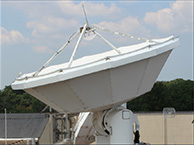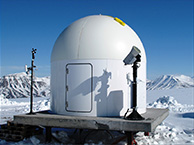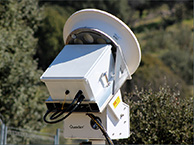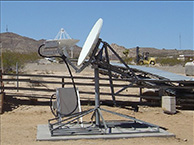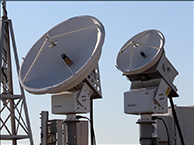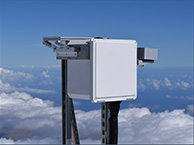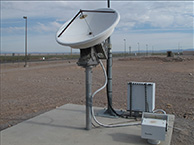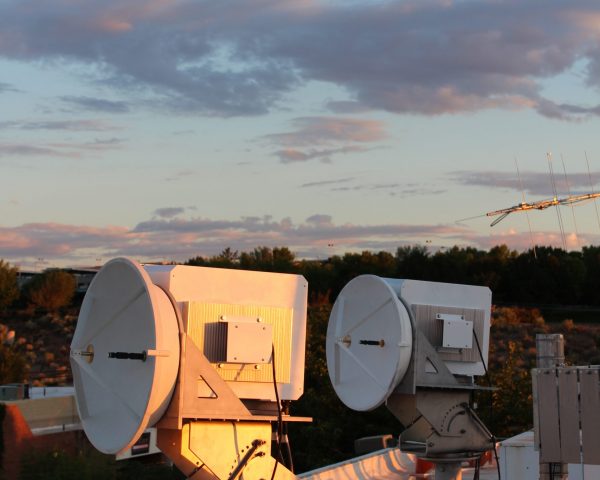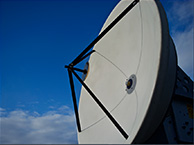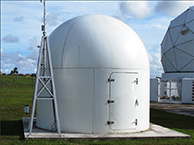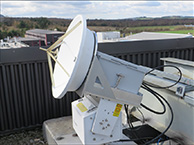Atmospheric Propagation Research
The objective of atmospheric propagation research is to improve the statistical understanding of atmospheric effects in microwave and optical bands at current and future operational sites for NASA’s communications links.
Overview
NASA Glenn Research Center has been at the forefront of research in Atmospheric Propagation since the Ka-band measurement campaigns of the Advanced Communications 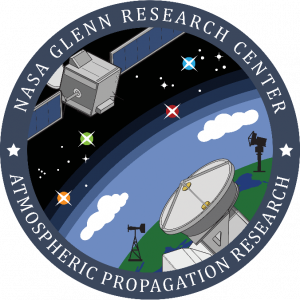 Technology Satellite in the 1990s. Ever since, the center has continued to lead research in the field with a number of measurement campaigns for Ka-band, Q-band, V/W-band, and optical links.
Technology Satellite in the 1990s. Ever since, the center has continued to lead research in the field with a number of measurement campaigns for Ka-band, Q-band, V/W-band, and optical links.
The objective of atmospheric propagation research is to improve the statistical understanding of atmospheric effects (e.g., attenuation, phase stability, etc.) in microwave and optical bands at current and future operational sites for NASA’s communications links. In addition to informing the design of efficient and capable communications links, these measurements are also used to improve the performance and accuracy of global atmospheric models through organizations like the International Telecommunications Union (ITU).
For inquiries regarding specific propagation data, please contact Michael Zemba, michael.j.zemba@nasa.gov.
Background
Knowledge of atmospheric propagation characteristics at a particular site provides critical information which aids in the system planning for ground-to-space communications system design and performance (i.e., link margins, availabilities, realistically supportable data rates, etc.).
As NASA and commercial satellite communications assets progress to higher frequency utilization (Ka-band and above), the expected advantages of wider spectral bandwidth can be quickly offset by the realities of increased propagation problems which can contribute to higher losses, group delay, depolarization, gaseous attenuation, and radio noise.
By characterizing these effects, performance metrics can be defined for a communications system at a particular site and fidelity of global models can be enhanced, both of which provide better understanding of the contribution of the atmosphere to the degradation of communications systems.
The foremost objectives of NASA’s research in atmospheric propagation are:
- To provide a good understanding of propagation effects at and above Ka-band
- To develop models for the prediction of propagation-related effects
- To develop tools for the mitigation of these effects
As NASA’s frequency utilization for deep space and near earth are in the 2 GHz frequencies and above, the propagation effects being characterized are due primarily to contributions from the troposphere and include atmospheric attenuation, rain attenuation, gaseous absorption, and atmospheric noise temperatures. Particularly, as spectrum use progresses towards the Ka-band frequencies (26 GHz and above), increased losses due to rain attenuation and atmospheric noise temperature can degrade ground-to-space communications link margins and cause loss of signal acquisition and data return.
The primary atmospheric effects being characterized at the NASA facilities of interest include the following:
- Rain (Snow) Fade – the contribution of rain (or snow, ice) to the total signal path attenuation
- Gaseous Absorption – the contribution of gaseous components of the atmosphere (water vapor, clouds, oxygen, etc.) to the total signal path attenuation
- Brightness Temperature – the contribution of the atmosphere to the increase of signal noise
- Phase Decorrelation – the contribution of the atmosphere to the increase in phase noise (decoherence)
- Scintillation – the phenomenon of rapid fluctuations in signal power through the atmosphere
- Depolarization – the effect of the atmosphere on the polarization of the signal
- Site Diversity – the improvement in system gain for spatially separated single aperture antenna systems
Atmospheric Propagation Measurement Campaigns
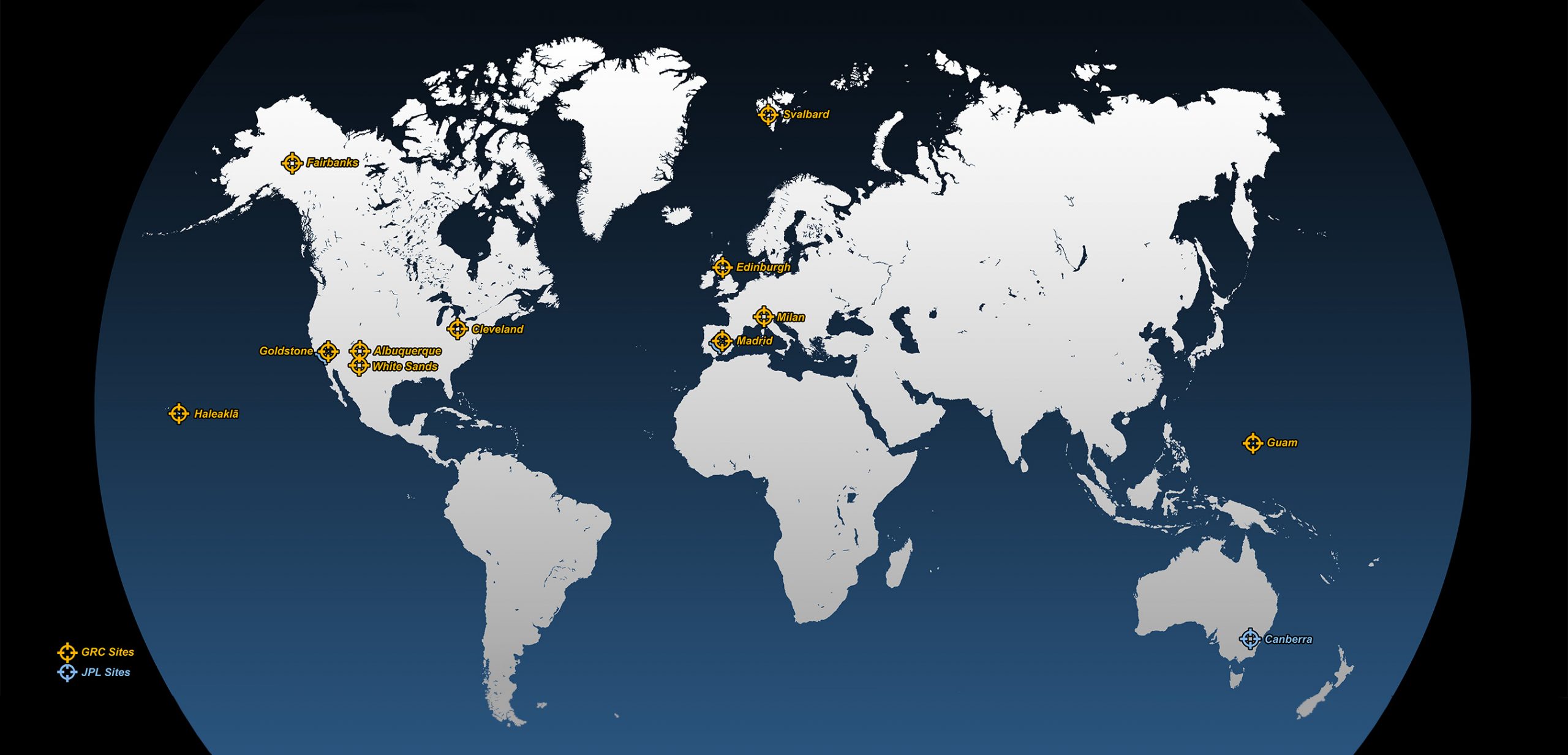 |

